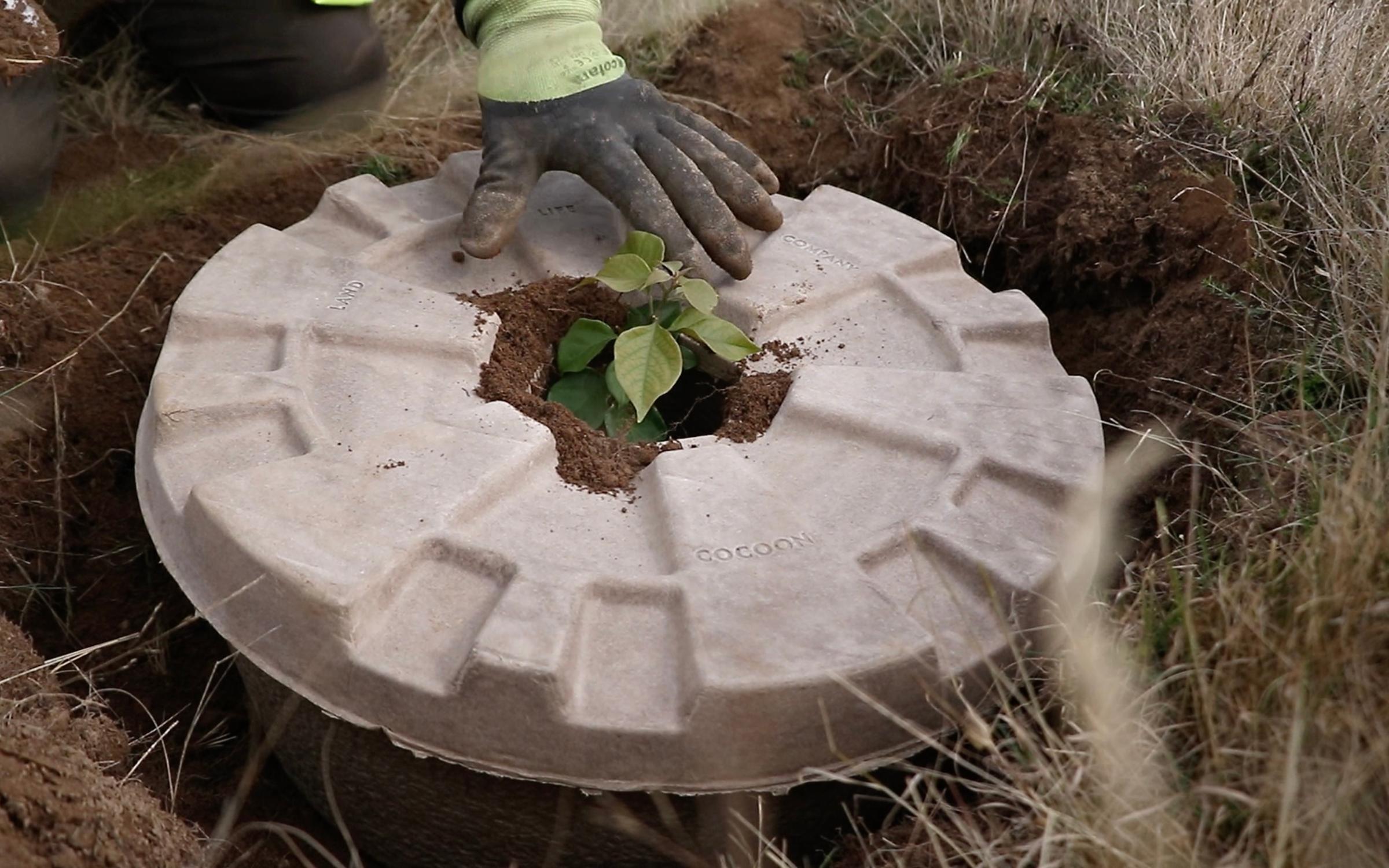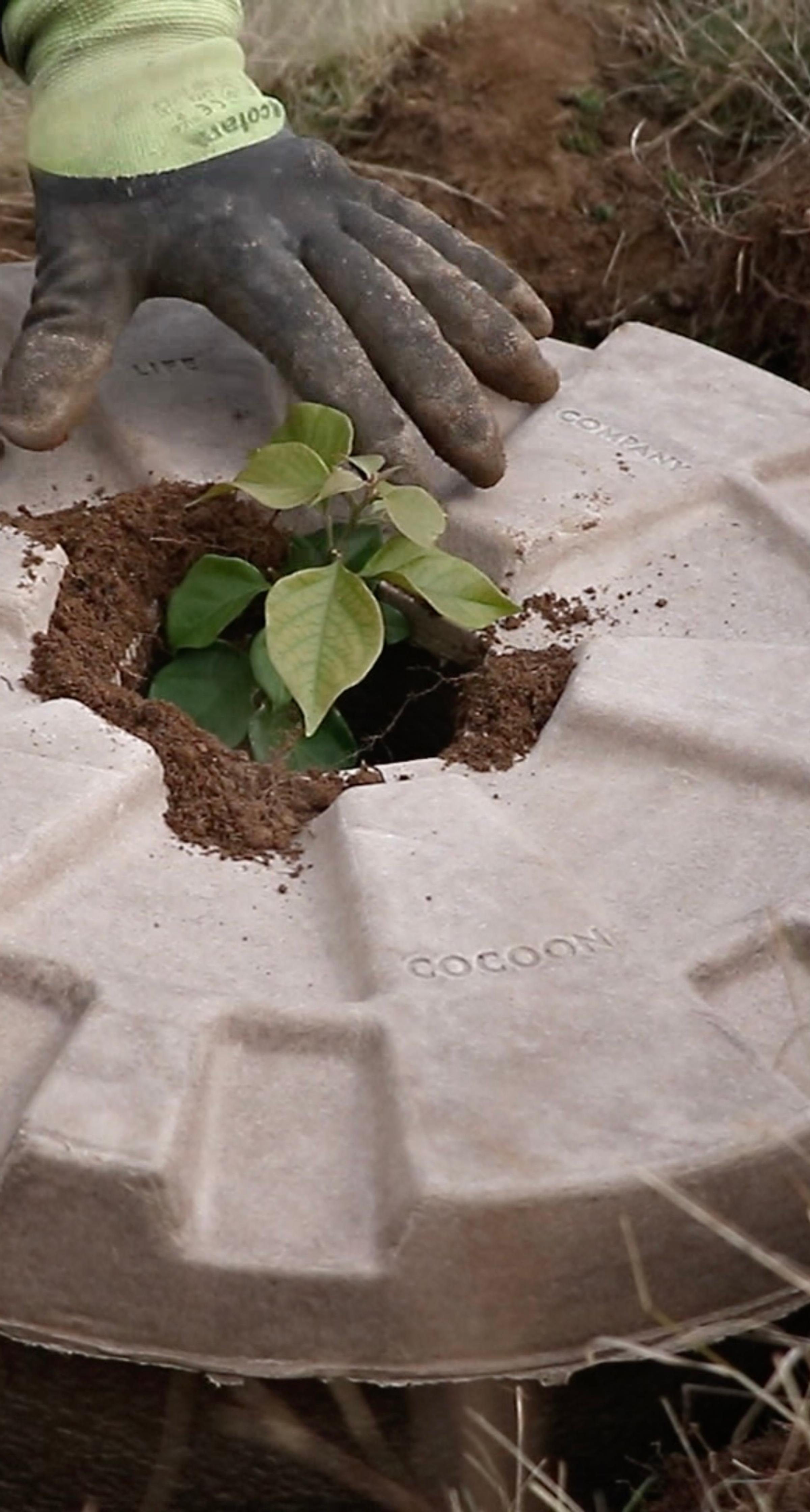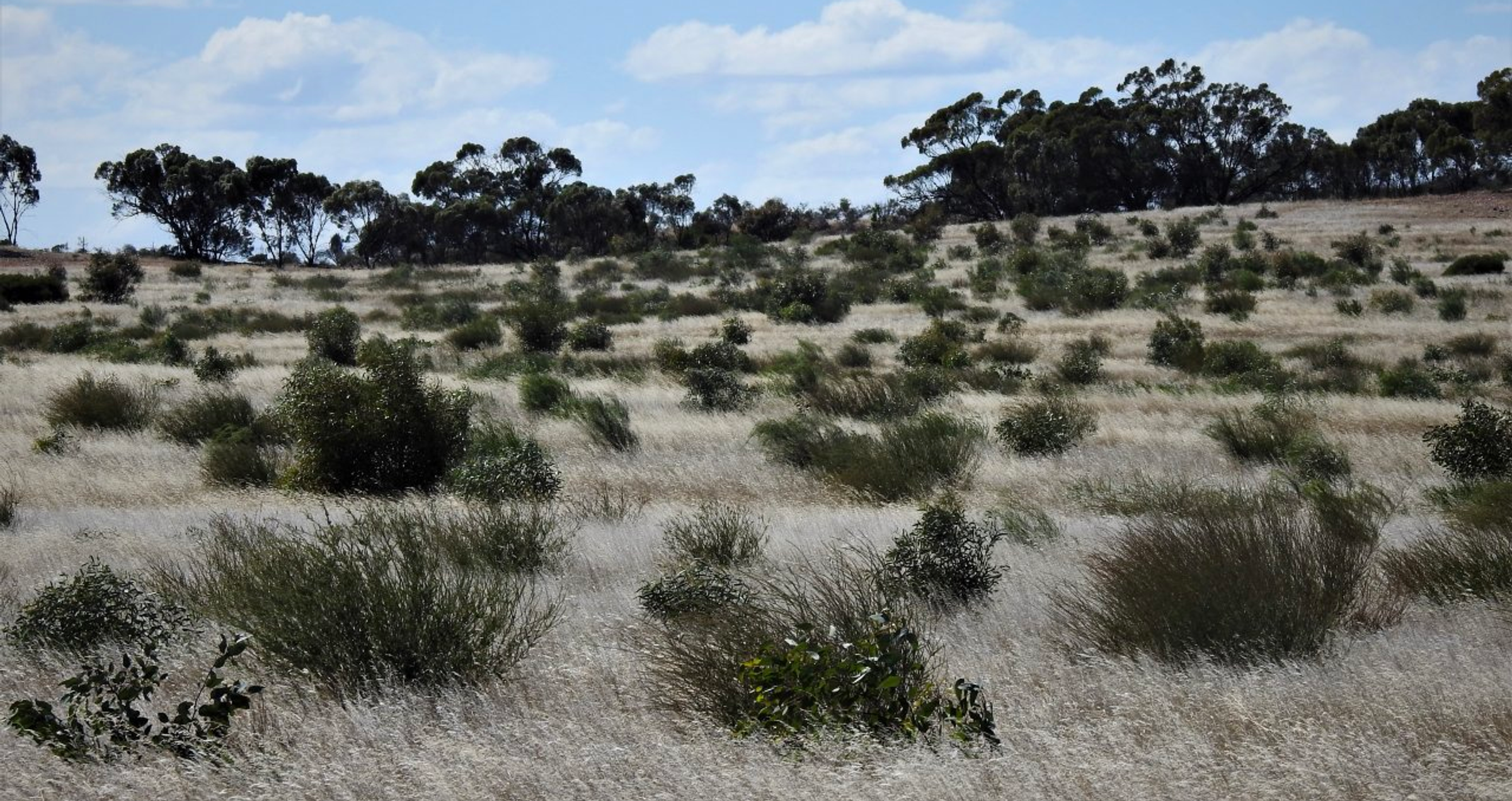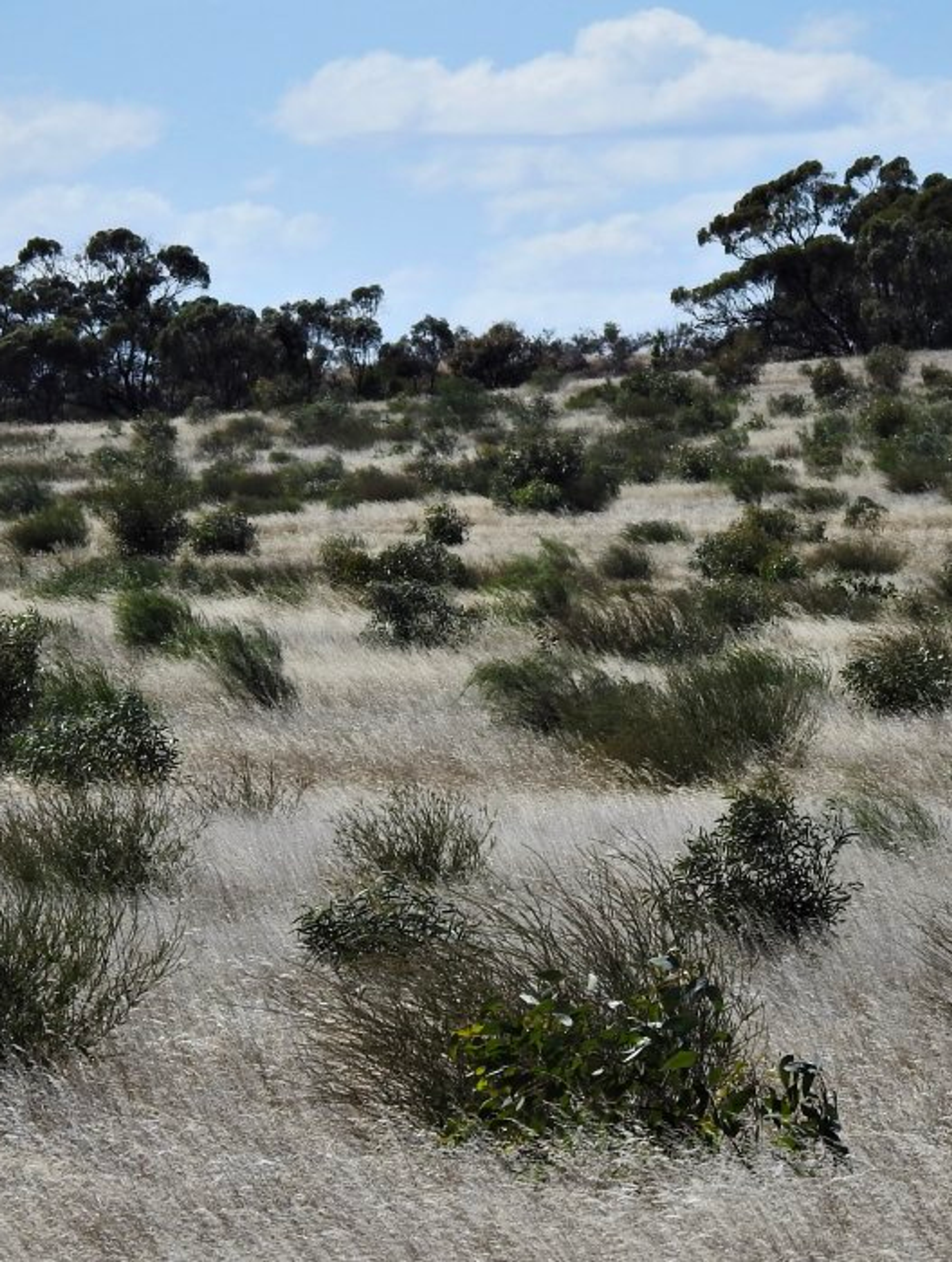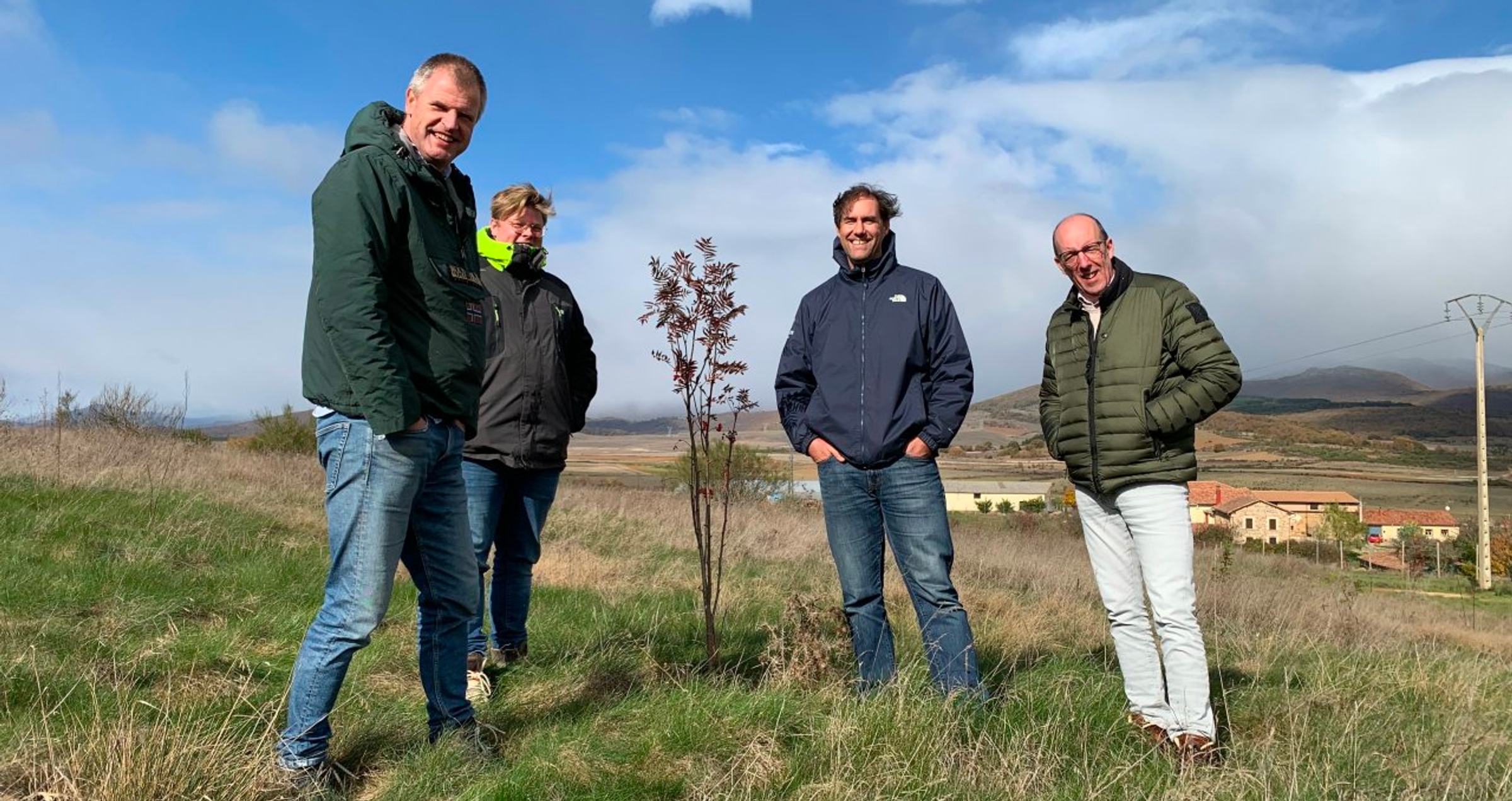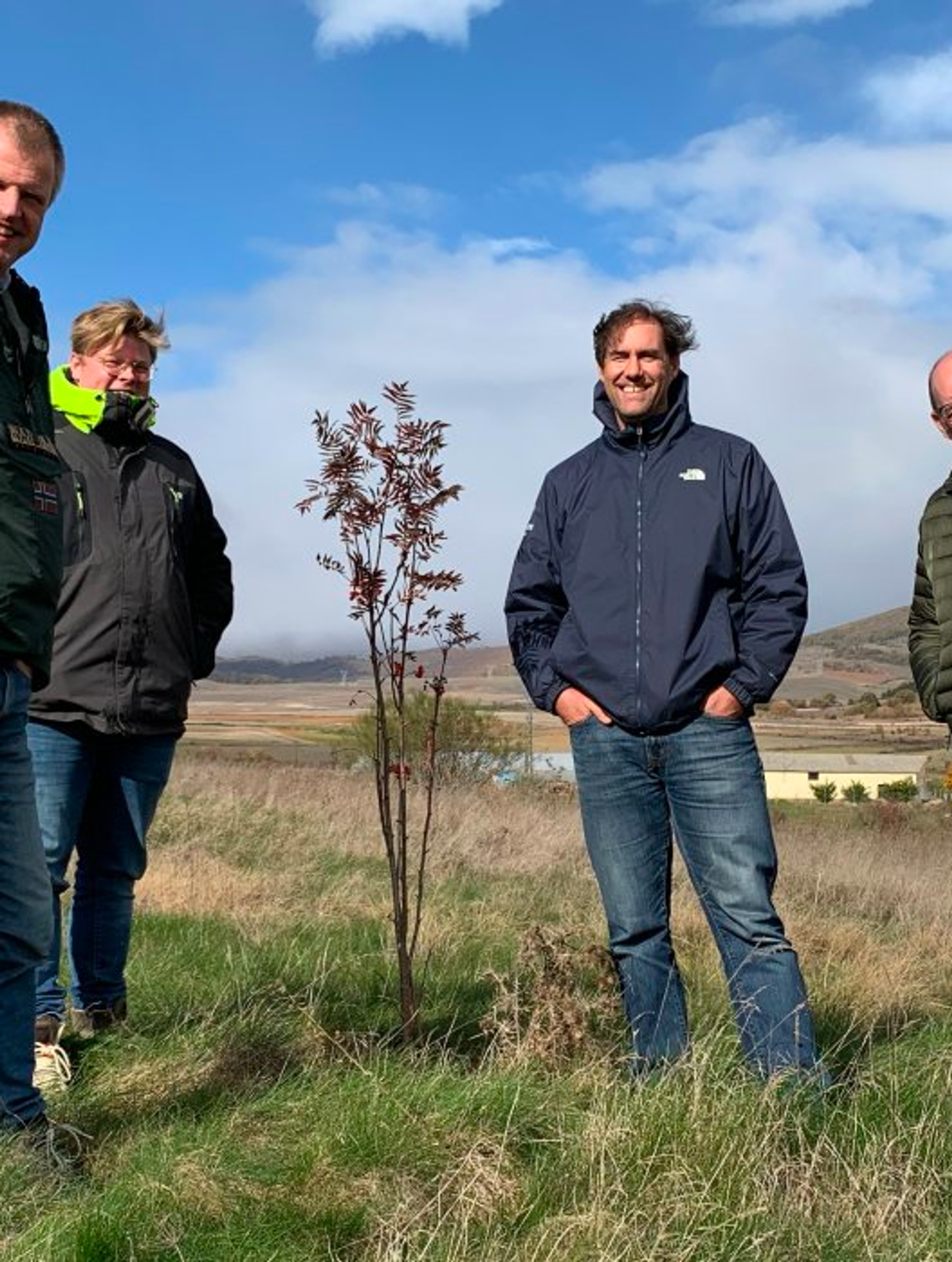The Cocoon for Tree Planting and Reforestation
In the climate change era, tree planting and reforestation have never been more critical. Innovative solutions like the Cocoon technology by Land Life have emerged as game-changers. Understanding the challenges and opportunities in this field is essential to appreciate the impact of such innovations.
Do you want to plant trees with the Cocoon? Learn more here!
The Science Behind Tree Planting
Tree planting is not just about putting saplings in the ground. It's a complex science involving selecting appropriate species and understanding local soil and climate conditions. The right choices here can significantly improve new trees' survival and growth rates, making the efforts more impactful and sustainable.
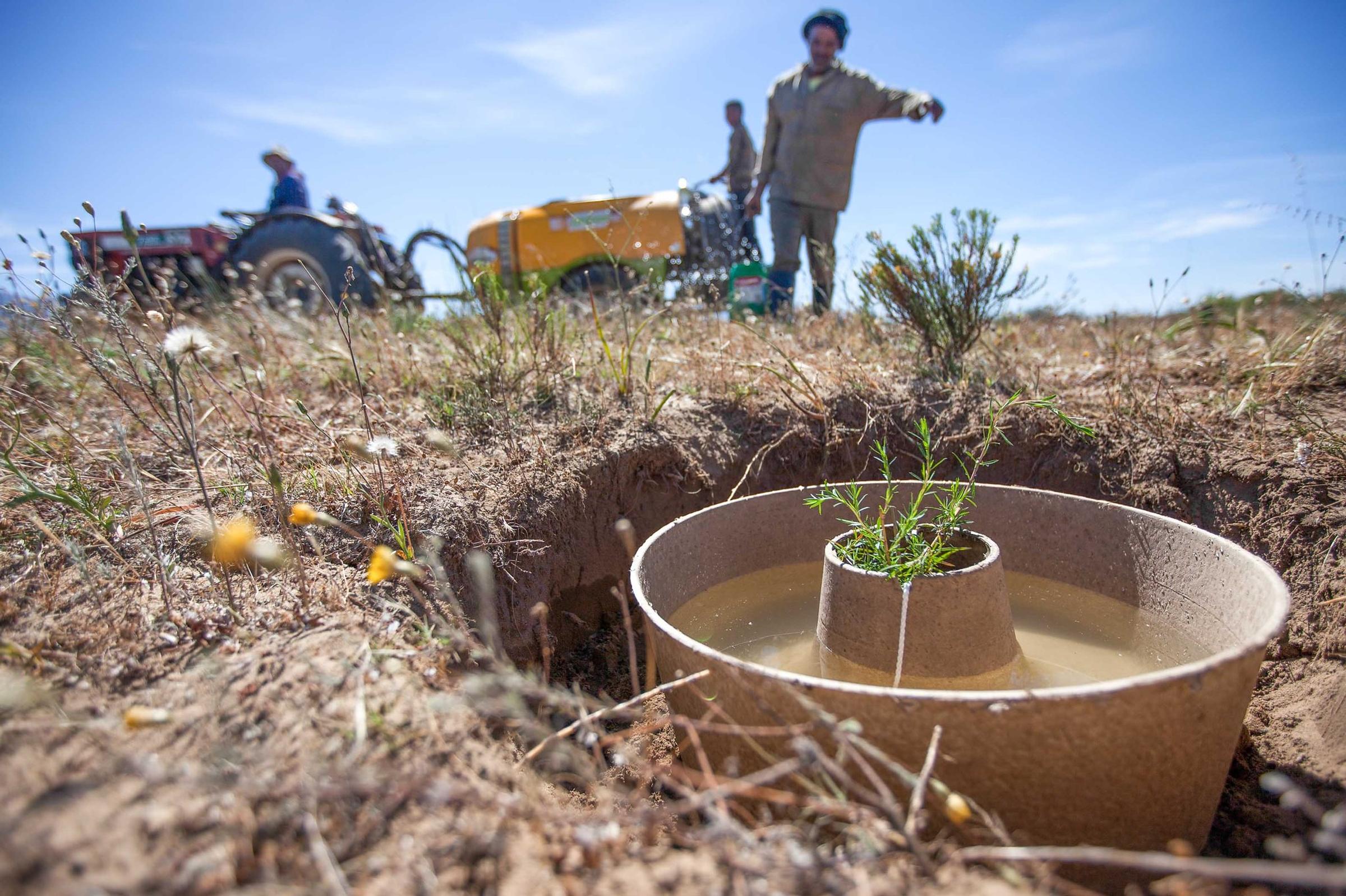
The Revolutionary Cocoon
Inspired by the past, in 2013, Land Life Company began prototyping. We used three lightweight paper pulp-based buckets that encircled a seedling to supply it with water. Although influenced by ancient methods, agroforestry scientists and engineers at Land Life Company quickly worked to improve this early design. In 2014, the Cocoon evolved to take on the recognizable 3D shape it has today – ‘the doughnut’.
The Cocoon is a circle made from recycled cartons with a hole in its center for a seedling. In 2014, we developed a simple lid to reduce water evaporation. Changes to the design were not limited to its shape. Much attention was paid to the materials, both then and now. At this time, we introduced hot-pressing to create a smoother pulp fiber product, ensuring improved water retention, lid fit and stackability for transport. From here, the story becomes one of finetuning – based on field findings from current plantings – to make our nursery as effective as possible.
Reviving Landscapes with Higher Survival Rates
A staggering 95% survival rate is what sets the Cocoon apart in the realm of tree planting. Traditional methods often fall short in harsh environments, but the Cocoon acts as a protective barrier, safeguarding young saplings from extreme temperatures, arid soils, and harmful pests. This resilience is vital for successful reforestation projects, especially in degraded lands where survival rates can be critically low.
Embracing Sustainability with 100% Biodegradability
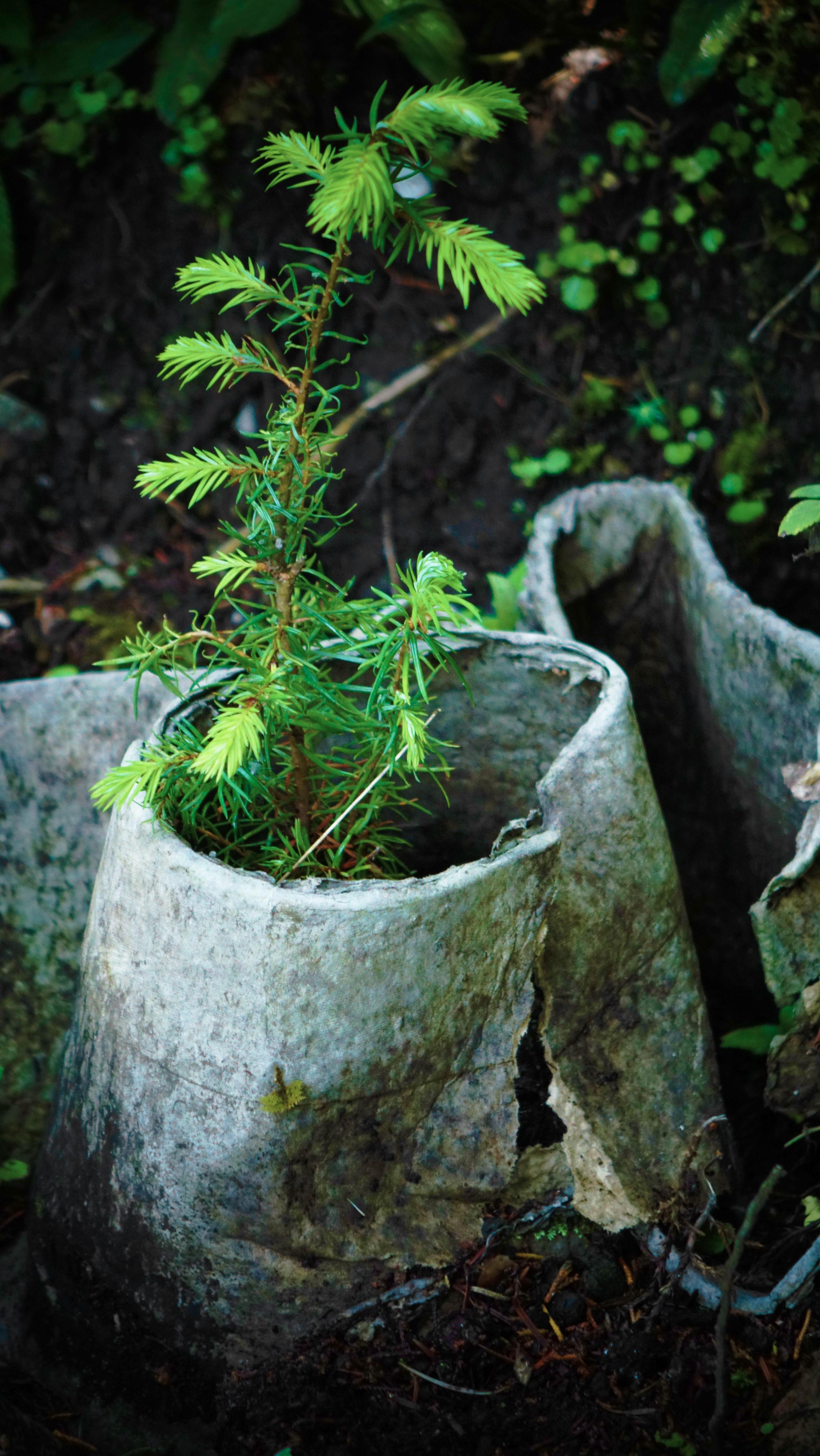
Sustainability is at the heart of reforestation efforts, and the Cocoon aligns with this ethos seamlessly. Crafted from completely biodegradable materials, it leaves no environmental footprint. As it naturally decomposes, the Cocoon enriches the soil without leaving behind any waste, a critical feature for maintaining the integrity of natural ecosystems.
Revolutionizing Water Efficiency in Reforestation
Perhaps the most groundbreaking feature of the Cocoon is its ability to reduce water usage by a thousandfold. The unique donut-shaped water reservoir captures rainwater and releases it slowly to the tree's roots. This mechanism significantly reduces the need for regular irrigation, a vital advantage in areas with water scarcity.
The Cocoon's Role in Global Reforestation Efforts
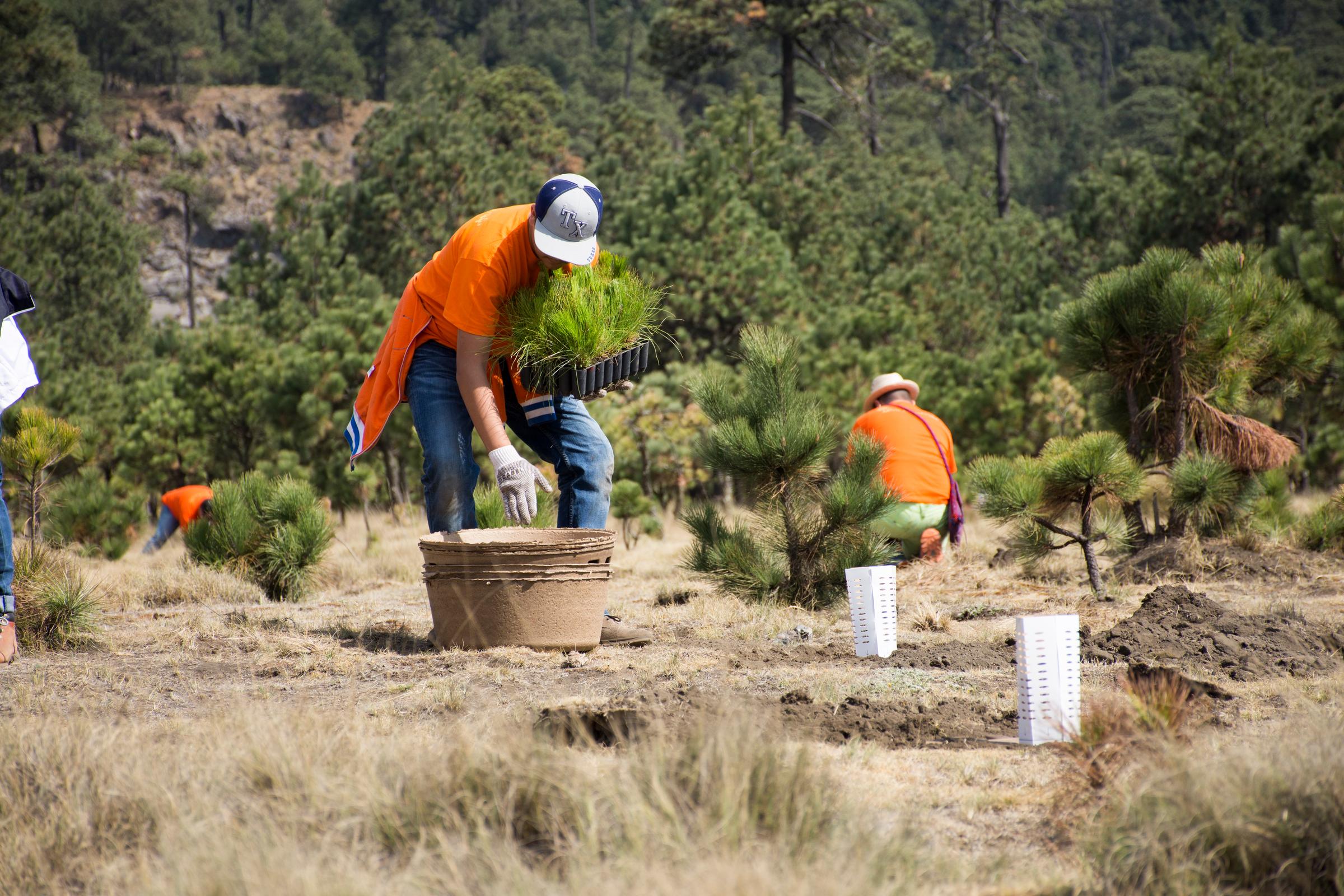
Global reforestation is a key strategy in combating climate change, restoring biodiversity, and supporting ecosystems. The Cocoon's innovative design is not just about individual tree survival; it's a tool for large-scale environmental restoration. This technology makes reforestation efforts more efficient, sustainable, and far-reaching.
Conclusion
The Cocoon by Land Life Company is not just a product; it's a testament to the power of innovation in the field of tree planting and reforestation. It embodies a commitment to sustainability, efficiency, and ecological integrity. As we face the pressing challenges of climate change and environmental degradation, the Cocoon stands out as a beacon of hope and a practical solution for a greener future.
Do you want to plant trees with the Cocoon? Learn more here!




